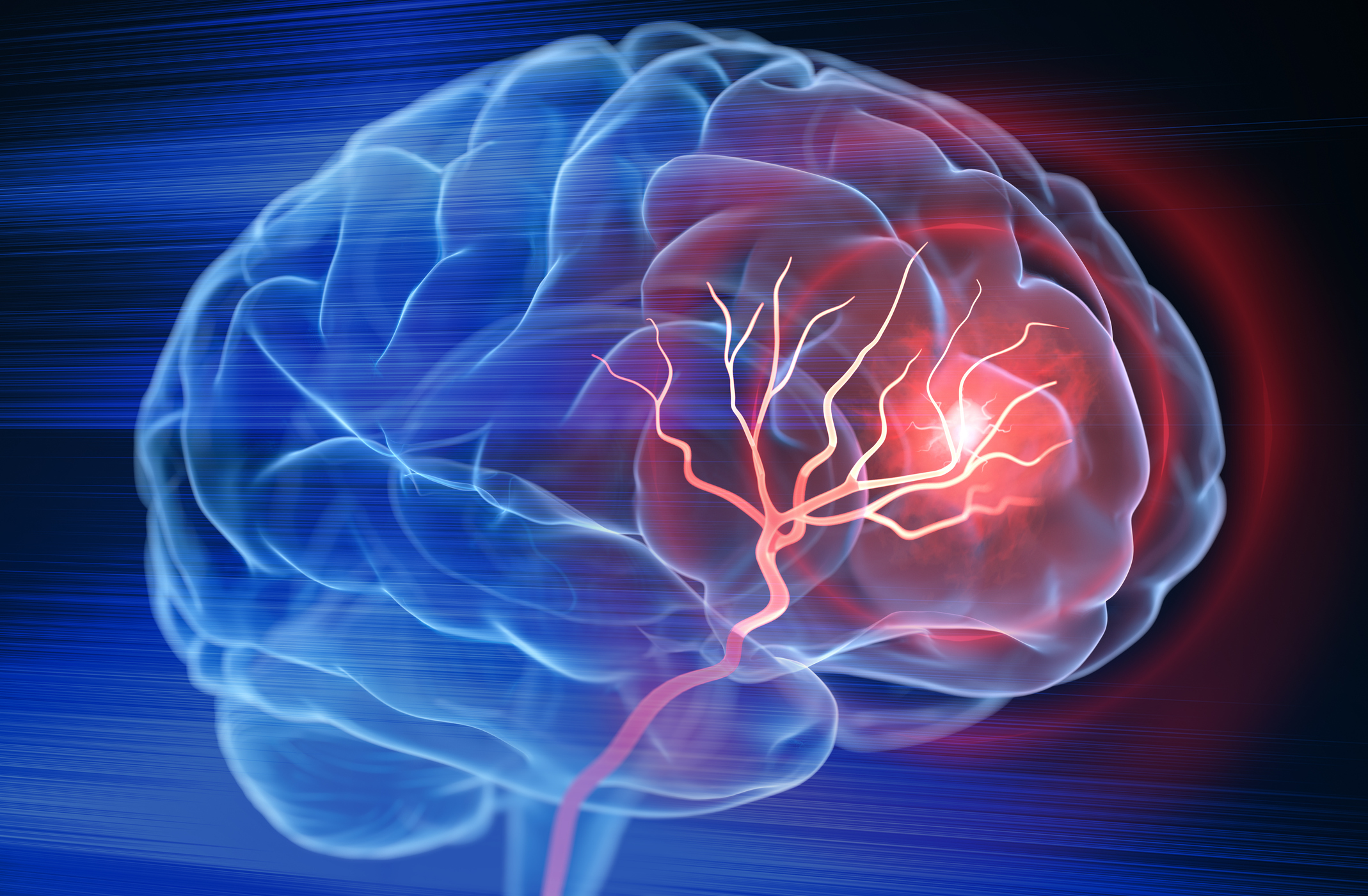

One of the scariest things about a stroke is they seem to come out of nowhere.
I have a friend whose mom had a stroke, and before it occurred, there was no sign that she had any of the risk factors that could lead to such an event.
Signs that a stroke is happening include numb or drooping face, arm numbness or weakness, one arm drifting downward when you lift both arms, slurred speech, or speech that’s difficult to understand.
And time is of the essence. It’s important to call 911 ASAP.
But there is no simple way to tell beforehand if a stroke could be on the way.
Fortunately, that may be changing soon….
Could a blood test be the answer?
“The same way one uses cholesterol tests to evaluate one’s future risk for heart attack, we don’t have such a thing to estimate future risk for stroke,” says Dr. Jason Hinman of the UCLA Comprehensive Stroke and Center and the Mary S. Easton Center for Alzheimer’s Research and Care at UCLA.
But he and fellow researchers are hoping that a simple blood test could allow doctors to determine whether a person may be at higher risk for stroke or cognitive decline during their lifetime.
They’ve focused on a network of inflammatory molecules known as the interleukin-18 (IL-18) network, which includes proteins and signaling molecules used to fight various infections.
Past studies have linked molecules in the IL-18 network to cerebral small vessel disease and stroke risk. But they’ve been unreliable because their concentration can fluctuate, not only in response to stroke but in other ailments such as the flu or autoimmune diseases.
But in 2020, Hinman was working with researchers who had a breakthrough — finding six molecules in the IL-18 network that were associated with the presence of vascular brain injuries during MRI scans.
Building off those findings he and his current team sought to determine whether the IL-18 network could be used to judge a person’s susceptibility to stroke or cognitive decline.
Using health data from the Framingham Heart Study, which has tracked the medical history of thousands of life-long participants, they tested blood samples for five of the six molecules later identified as part of the IL-18 network. Then, they created a model that generated a risk score based on the concentrations of those molecules.
They found participants whose risk scores were in the top 25 percent had an 84 percent chance of having a stroke during their lifetime. Overall, elevated risk scores were linked with a 51 percent increased risk of stroke and resulted in diagnostic prediction compared to existing risk assessment tools.
What this means is a simple blood test could allow doctors to calculate the risk of cerebral small vessel disease, which is a common cause of stroke and a contributor to cognitive decline found particularly among the elderly.
Currently, the only way to determine a person’s risk for cerebral vascular diseases has been to use a combination of imaging such as an MRI scan, family history, demographic variables and other risk factor evaluations, according to Hinman.
Worse, in clinical practice it may be only after a patient has experienced a stroke or cerebral event that they are found to have increased risk.
Reducing the risk of stroke
One thing that requires further study is how or if a person’s risk score can be modified or reduced.
“The real challenge is in the primary care space. Are you at risk before you have an event?” Hinman says. “That’s what we’re all interested in doing is preventing a stroke before it even happens.”
Until this blood test becomes widely available, the best thing to do is try to lower your risk. As with many conditions, the place to start is diet and exercise.
Two good diet choices are the Mediterranean diet and the DASH diet, both of which help promote good cardiovascular and brain health.
These diets are plant-based, which means less meat and more fish on your plate, healthy fats, like olive oil, and more fruits and vegetables. Fish oil and phytosterols, which are compounds in plants, can go a long way in helping to stave off heart attack and stroke, according to research from Cardiff University.
For exercise, consider high-intensity interval training (HIIT) for keeping your arteries nimble. However, make sure you check with your doctor to determine whether it’s safe for you.
If it’s a little too much, doing a milder form of aerobic exercise — but adding yoga to the routine — could provide twice the reduction in blood pressure, body mass index (BMI) and cholesterol levels than either yoga or aerobic exercise alone.
If you still need something a little lighter, check out these movements that reduce the risk of heart attack and stroke in minutes.
Sources:
A blood test for stroke risk? Biomarker for risk of future cerebrovascular disease — ScienceDaily
Association of Incident Stroke Risk With an IL-18-Centered Inflammatory Network Biomarker Composite — Stroke


